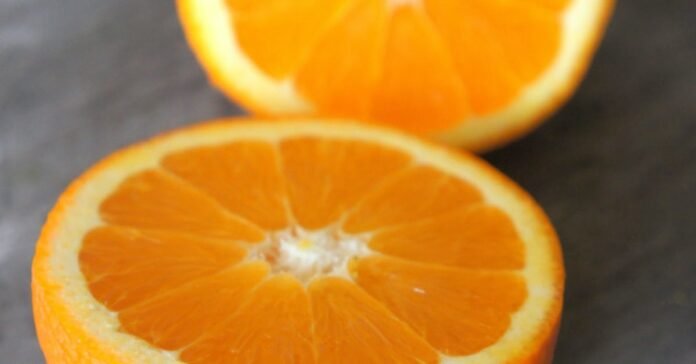Some people have seen the commercials on television advertising the benefits of juicing. One can buy a blender or food processor and fill it with fruits and vegetables and with the press of a button have their daily recommended intake of fruits and vegetables conveniently in a smoothie-type concoction. Juicing can be an excellent way to get one’s daily vitamins.
Don’t juice low-water content produce, such as avocado and banana. Put these through a blender first, then add them to your juice afterward. These types of fruits will produce a heavy, thick juice that will clog up your juicer. Also, it is difficult to get enough juice of this type of fruit alone, so it needs to be mixed with another type of fruit.
When making home-made juice, it’s by far the best to drink it fresh. If you must store it, use an opaque, airtight container with no air inside. To remove air, you can either add filtered water or use a food saver to suck out the excess air. Don’t store fresh juice for more than 24 hours, even under these conditions.
Give yourself an area in the fridge just for your juicing ingredients. Maybe they’ll get their own produce drawer, or half a shelf, but making room is important. When you see that space become empty you will know that you’re running out of food, and you’ll also have a much easier time putting it away after shopping.
Keep a fresh stock of cut and washed fruits and vegetables on hand at all times. If you have to run to the store every time you want to make juice, you’ll never use that juicer. By having the fruits and vegetables on hand and ready to use, you will make juicing quick and convenient.
Lacking space on your cutting board for all of the ingredients you need for juicing? Try to cut everything in a manner which keeps the actual food “whole”. For example, slice a carrot but don’t pull the pieces apart. You can slice an apple around it’s core and then stand the pieces up so it looks like it wasn’t cut. This will save you space to slice the other items you need without dirtying more dishes.
Ask your friends and family if they’d like to go in on purchases in bulk at local farms with you so you can buy more and get larger discounts. Apple farms, for example, will sell you bushel after bushel for decreasing costs per pound. Take a few cars up, load the back with apples, and share with everyone! They don’t have to be juicers to enjoy fresh produce.
Choose a juicer which is simple to take apart and clean. Time-consuming assembly and clean up can prevent you from juicing regularly. Make sure to clean your juicer soon after you’ve finished with it, as pulp can stick to your juicer and harden, making cleaning more difficult.
When coming up with a combination of fruit and vegetables to juice, consider their textures to make a smooth, drinkable product. For example, soft fruits like bananas and peaches make a very thick juice. Apples and pears, on the other hand, make a very thin, watery juice. Mix the two items together to make the most enjoyable texture to drink!
The best time to juice is first thing in the morning when you have an empty stomach. Your body can fully digest and assimilate the juice because there will be nothing else for it to compete with. Within 30 minutes the nutrients will be fully absorbed into the blood stream.
Pay attention to your reactions after drinking a new juice. Perhaps some of the juices you make will not be processed well by your body. If you drink a new juice and feel queasy or experience stomach churning, check the ingredients list and see if there’s something you don’t drink often. Once you have figured out the ingredient, you can simply use a smaller amount so your body gets used to it.
A major benefit of juicing is the high volume of healthy nutrients that are made easily available. In order to maximize those nutrients, the base of the juice should be made from vegetables like spinach, kale, chard or broccoli. By using these vegetables you will achieve the maximum health benefits including a low amount of sugar, which is usually a dominant ingredient in store-bought juices.
One tip in order to keep the nutrients in the juice preserved even when storing it is to use air tight containers. Another tip with regards to preservation is to add a few drops of lemon to it and keeping the juice refrigerated. The longer the juice is stored, the less nutritious it becomes.
Juicing may not be for everyone but it is not a difficult hobby to become a part of. With one simple purchase of a blender or a food processor, anyone can become a juicing expert. The health benefits and the convenience of being able to juice any foods you want don’t require anything except the willingness to push a button on a food processor.

